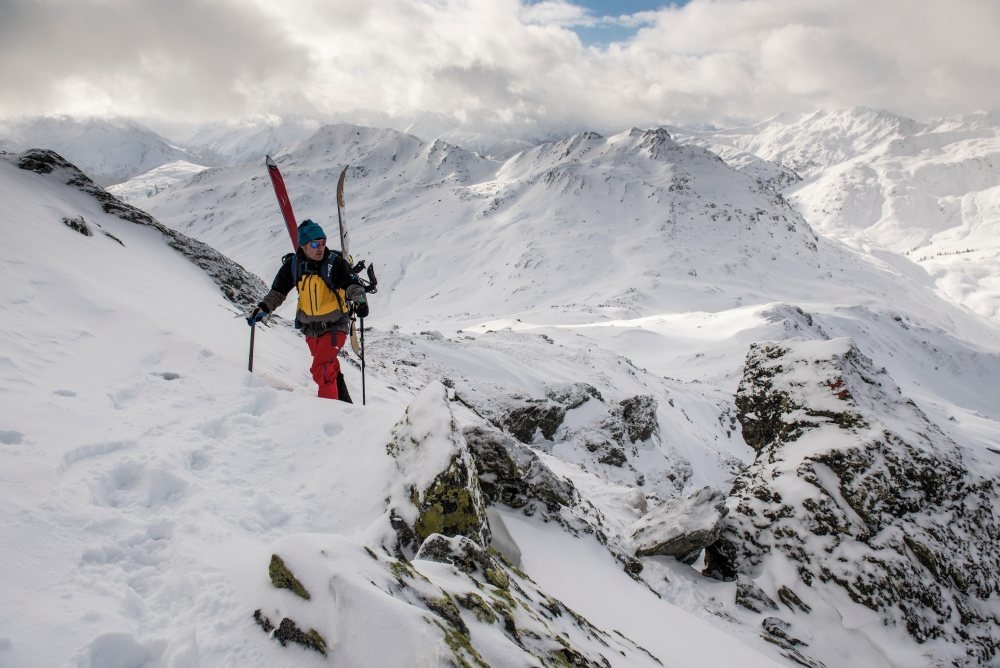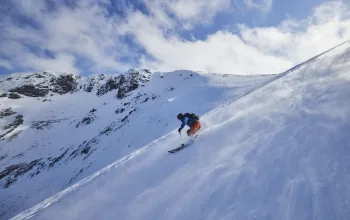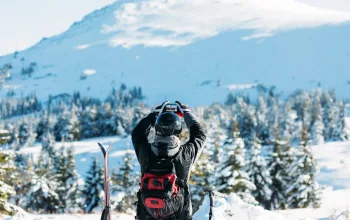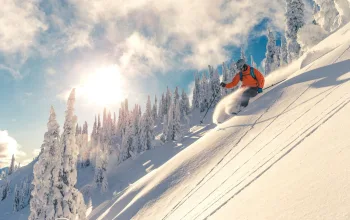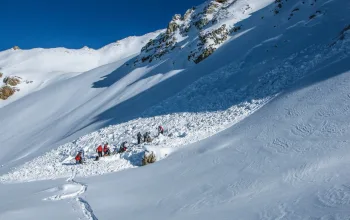Walk into any high street ski shop ten years ago, and you’d have been lucky to spot a set of super wide backcountry skis, let alone a choice of touring skis. If you asked for a splitboard most shop assistants would have given you a funny look and called for the manager.
Now, no self-respecting winter sports outlet is complete without an inspiring image of a backcountry skier slashing through powder, alongside a shop-long wall of rocker skis, touring skis, light-weight bindings and boots, and at least a couple of splitboards.
But while the tools of access to the backcountry are spread across shops in plain sight, finding the tools of safety is often almost impossible. A token avalanche shovel will dangle off the end of a glove display; avalanche transceivers will sit locked away, hidden under the till.
Does anyone care?
Well, you’d think the manufacturers of the skis and snowboards should, but they don’t make safety equipment. While a dead skier isn’t going to buy another set of skis, one who spends £1,000 on an airbag, or even £400 on a good shovel, probe and transceiver, probably won’t buy a new set of skis or boots at the same time. The two groups of manufacturers are competing for your cash.
Could the shops do more? Well, yes. It wouldn’t be too hard to place safety equipment in a prominent position, nor to train staff in retail and hire shops to ask the question, “Do you have safety equipment too?” They might even sell more stuff!
After all, Ortovox, the German manufacturer of backcountry safety equipment, has seen a year-on-year UK sales growth, even if this increase has always lagged behind the sales of powder skis and boards.
In reality, self-education is your only salvation. In the 2015/16 season, 21 skiers died in avalanches in Europe, 14 in the USA and, surprisingly, only 2 in Canada; one of whom was with a professional guide. Even though over 40% of avalanche deaths in Canada have come from the backcountry skier community this millennium, they’re obviously doing something better in North America than we are in Europe. The stats from Snowsports Industries of America back this up too, with reports that while alpine touring sales increased by 8% last season, backcountry accessories sales including beacons, probes and shovels outpaced this, growing by 12%.
Backcountry skiiing will always be dangerous – with or without a qualified guide – so all you can do is try to minimise the risk with self-education and preparation. In the USA there is a new nationally recognised avalanche course for recreational backcountry skiers, with advanced courses for professionals. There are also many European options, with AvalancheGeeks.com, for example, running amateur and professional courses.
But ultimately it’s you who is responsible, not only for yourself, but for those around you. So to bastardise Gandhi; “Live as if you were to die tomorrow. Learn as if you were to ski forever.”
Five Golden Rules
- 1. Never enter the backcountry alone.
- 2. Always seek local knowledge on snowpack, avalanche and weather.
- 3. Never ski backcountry without all the group wearing – and knowing how to use – a transceiver, probe and shovel.
- 4. Practice transceiver location and multiple burial scenarios. Every second counts with snow burials; it could be you.
- 5. Carry a first aid kit and fully charged and tested communication device.
Pete Coombs | @pcsnowboard
Snow senior writer, splitboard fanatic and award-winning film maker.


